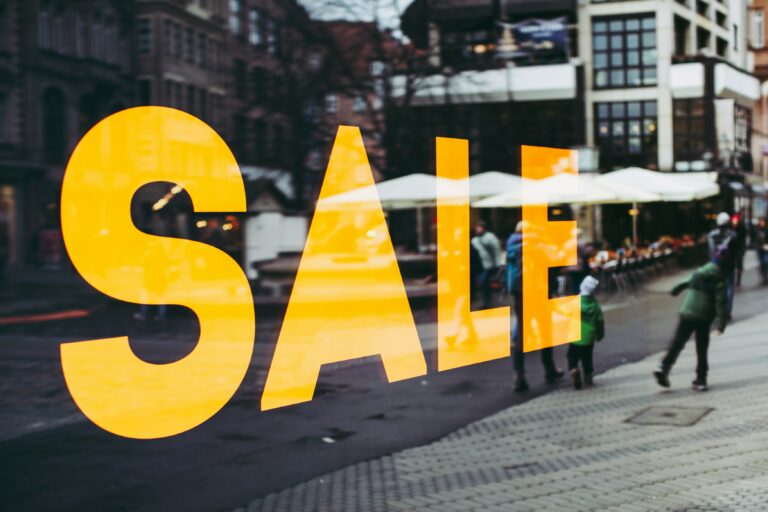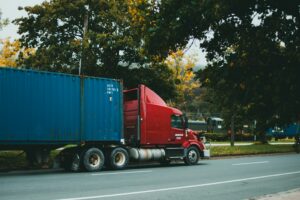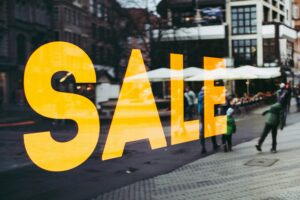In grocery retail, effective grocery promotion planning is the difference between profitable campaigns and costly failures. A promotion without operational alignment is not just risky, it is a recipe for empty shelves, wasted margin, and lost shopper loyalty. Customers expect discounts, but they also expect products to be available when and where they need them. Running ads is the easy part.
The real challenge lies in planning: estimating the impact for each store, adjusting inventory targets, planning replenishment and allocation, and aligning supplier orders. Without end-to-end synchronization between forecasting, procurement, and replenishment, even the most creative promotion can result in stockouts, spoilage, and disappointed shoppers.
AI promotion planning uses machine learning to forecast demand lift, halo effects, cannibalization, and post-promotion dips at the store-SKU level to optimize inventory and replenishment.
By using AI-driven demand sensing, real-time POS data, and multi-echelon planning, retailers can ensure the right products are in the right stores at the right time.
Halo effects boost sales of related products (e.g., chips + soda), while cannibalization shifts demand from one SKU to another. Both need to be modeled in replenishment plans.
It’s when shoppers stockpile during a promotion, leading to reduced demand in the following weeks. AI planning helps account for this in procurement and replenishment.
Why Grocery Promotion Planning Fails Without AI
Promotions remain central to grocery retail. According to NielsenIQ (Jul 2025), 23% of grocery value sales came from promotions (slightly down from 24% in 2024), while shoppers made 5.6% more visits, reflecting a persistent hunt for value. At the same time, dunnhumby’s Retailer Preference Index (2025) revealed that 38% of long-term grocery retailer success is tied to price, promotions, and rewards — with top performers growing 2.5× faster than competitors.
Too many promotions fail because of poor demand planning. Underestimate demand, and you face stockouts and lost sales. Overestimate, and you drown in excess inventory and spoilage. Without AI-enabled integrated supply chain planning, these missteps can repeat every cycle.
What’s at Stake with Stockouts
Even with moderating inflation in 2024–2025, shoppers are more value-driven than ever. NielsenIQ (Feb 2025) reported +6.8% growth in fresh food value sales, largely driven by price sensitivity and promotion effectiveness. Seasonal campaigns also prove their weight in gold: Valentine’s 2025 promotions delivered +5.1% value growth and accounted for 24% of sales.
But to deliver maximum effectiveness, store-level inventory precision is critical. Too little stock leads to empty shelves, frustrated shoppers, and lost loyalty. Too much stock creates spoilage, markdowns, higher logistics costs, and margin erosion.
Grocery Promotion Planning with AI Forecasting: Managing Halo, Cannibalization, and Forward Buying
Promotions don’t just affect the featured SKU during the promotional period.
- Halo effects: A discount on chips often drives higher sales of dips and soda.
- Cannibalization effects: A discount on one brand of yogurt may reduce sales of competing brands.
- Forward buying (Pantry-loading) effects: Shoppers stock up heavily during promos, which causes a dip in sales afterward. AI can anticipate this and smooth replenishment/procurement, so you don’t overstock post-promo.
Ignoring these effects skews forecasts, leading to poor replenishment and missed opportunities. AI-driven models can isolate and predict these dynamics, ensuring that replenishment plans reflect true incremental demand, not distorted totals.
Weather, Local Events & Shopper Context in Promotion Planning
Successful promotion planning goes beyond historical sales. Context matters. Weather, local events, and regional shopping habits all shift demand patterns. Today, AI models integrate city-level weather data into forecasts, so planners can anticipate an ice-cream spike during a heatwave or a dip in barbecue supplies during rainy weeks. This context-aware forecasting leads to more accurate replenishment and better on-shelf availability.
How AI and Optimization Improves Promotion Execution and Inventory Accuracy
- Allocating Limited Stock to the Right Stores: Promotions often face supply constraints. With AI-driven smart allocation, retailers can prioritize stores with the highest sales potential.
- Automated Demand-Driven Replenishment: Integrated AI systems enable real-time replenishment, reacting to POS data during promotions.
- Aligning DC Procurement with Store Needs: Integrated planning links DC procurement directly to promotional forecasts, synchronizing suppliers and inbound logistics with store demand profiles.
- Logistics Constraints & Trade-Offs: When truck capacity, warehouse throughput, or last-mile slots are limited, optimization models help planners make trade-offs to prioritize high-value products.
Turn Promotions Into Profit Drivers
The grocery industry has entered an era where promotions are no longer just a lever for short-term sales — they are a strategic battleground for loyalty, margin, and shopper trust.
Winning retailers are moving beyond siloed spreadsheets and instinct-driven tactics. They are embracing AI-driven integrated planning and advanced optimization platforms that align procurement, replenishment, allocation, and logistics to promotional calendars. With this foundation, every campaign becomes a carefully orchestrated operation — from forecasting halo, cannibalization, and demand pull-forward effects, to ensuring suppliers, DCs, and stores are stocked in perfect sync.
Those who invest in this capability transform promotions from a costly gamble into a predictable, profitable, and customer-pleasing symphony. The benefits are clear:
- Predict true incremental demand including halo, cannibalization, and pantry-loading effects
- Synchronize suppliers, distribution centers, and stores in real time
- Optimize logistics trade-offs during peak demand periods
- Deliver consistent on-shelf availability and improve shopper loyalty
AI is no longer optional, it’s the deciding factor between retailers who lead the next decade of grocery retail and those who get left behind.
Curious how Solvoyo helps grocery retailers transform promotions into profit drivers? Talk to our team of experts.









